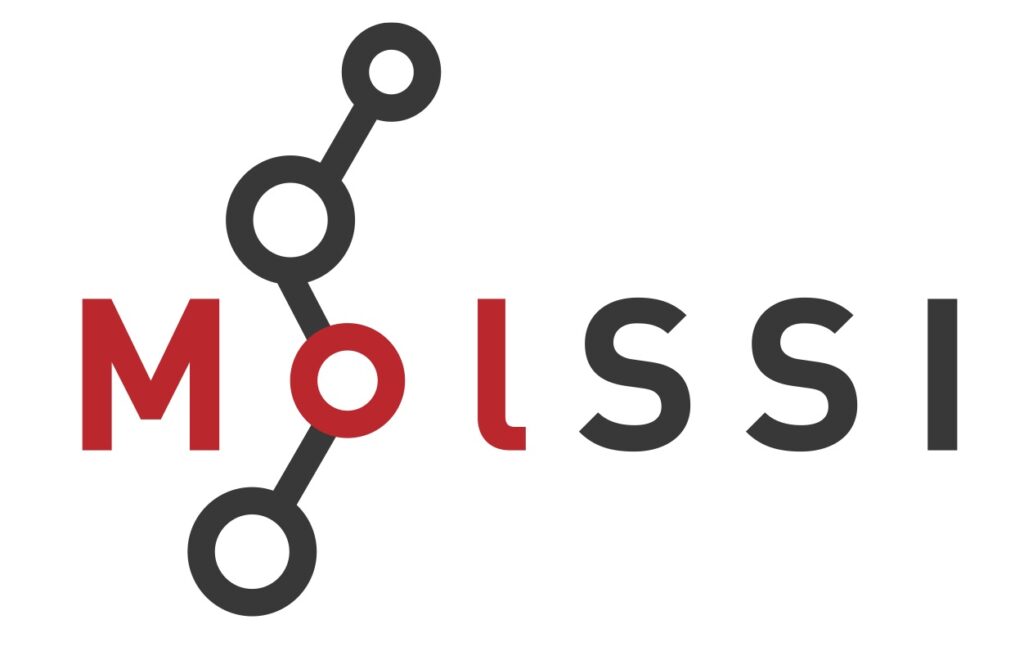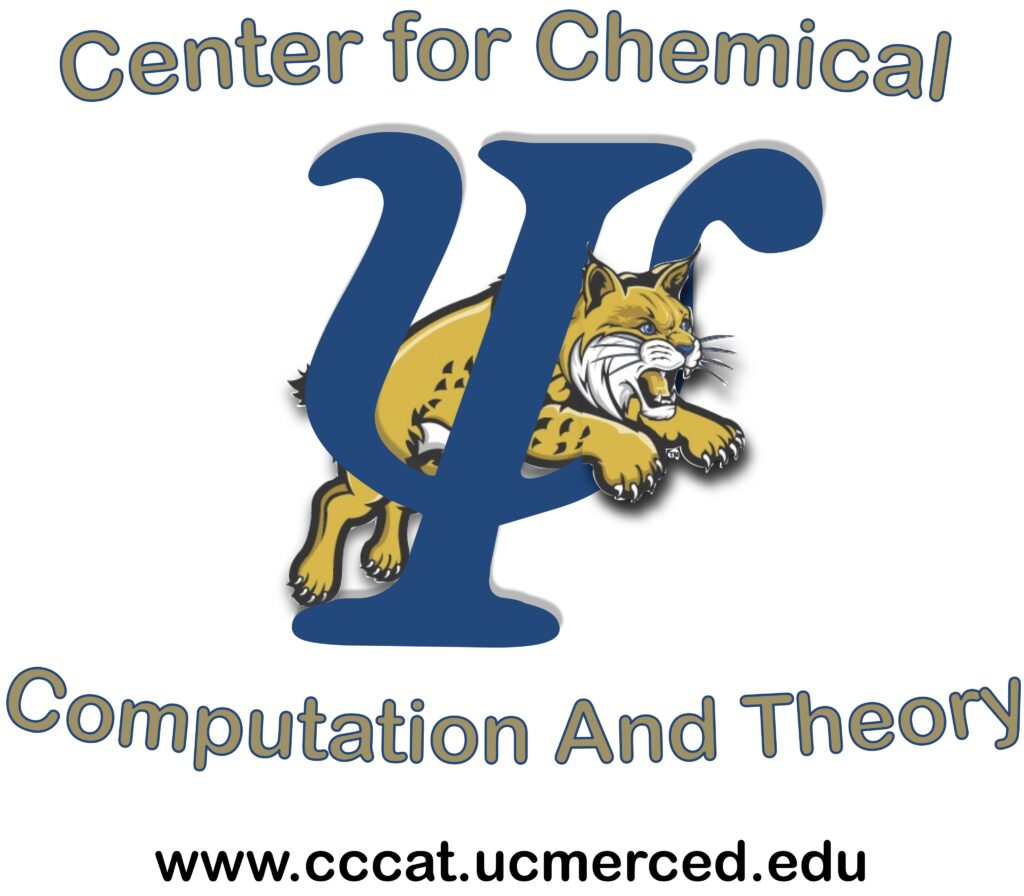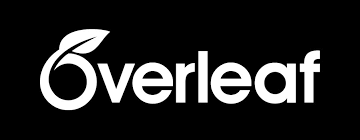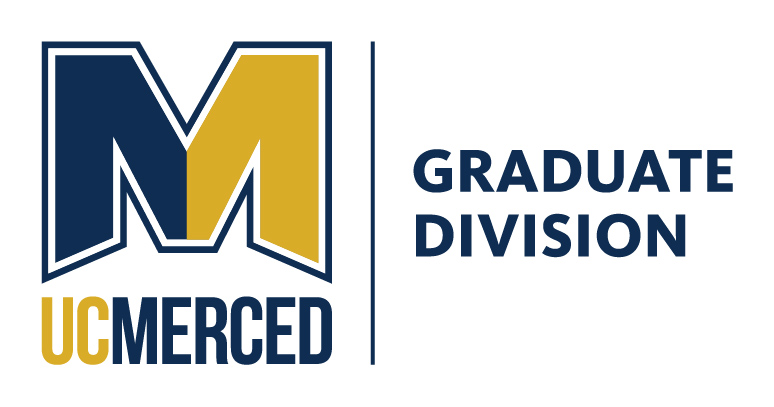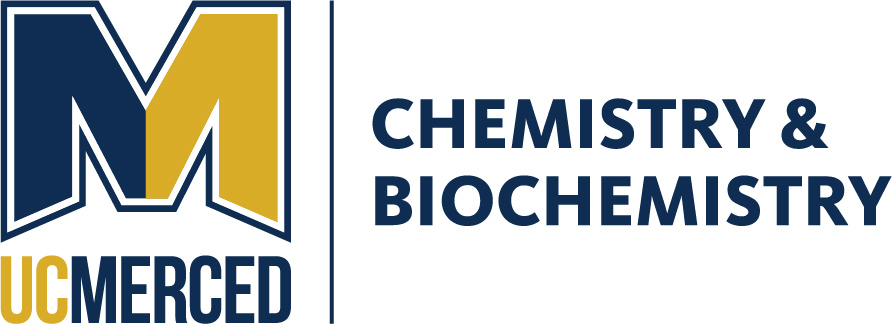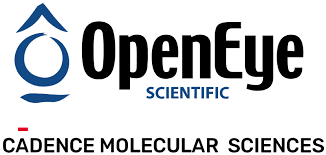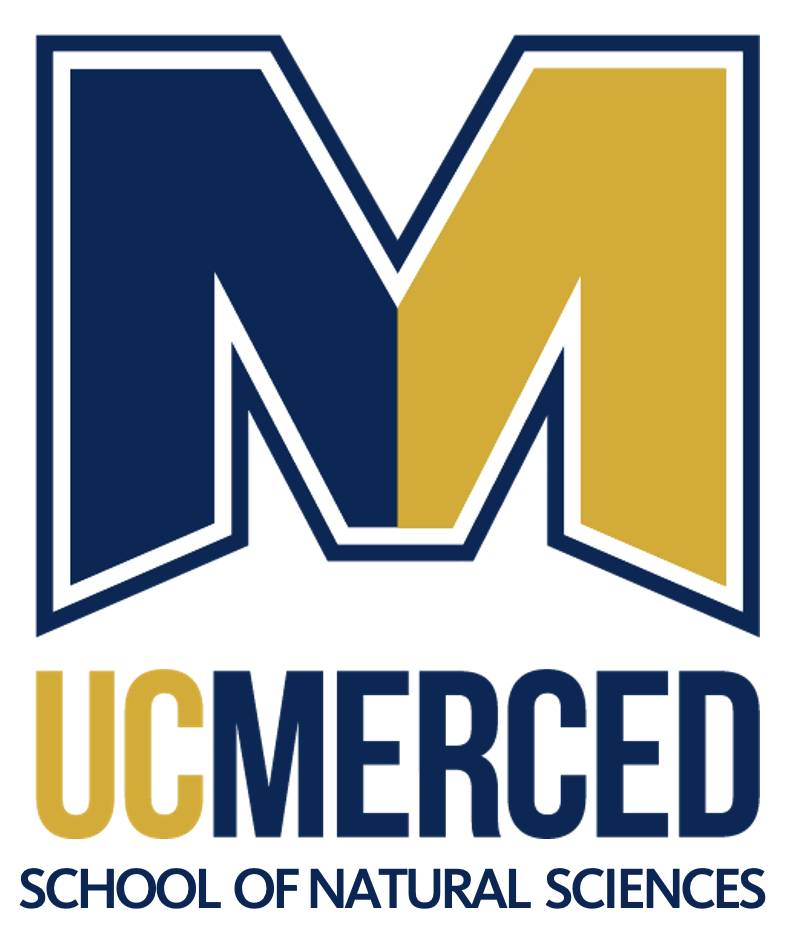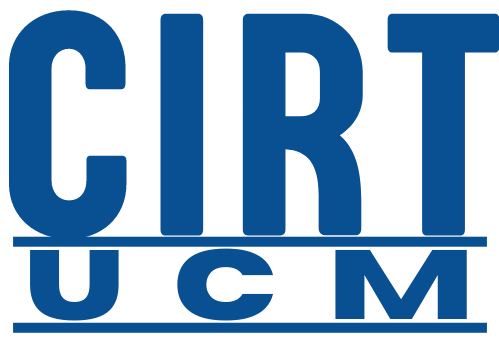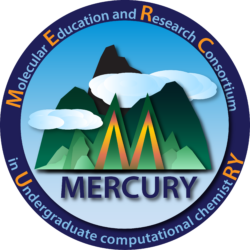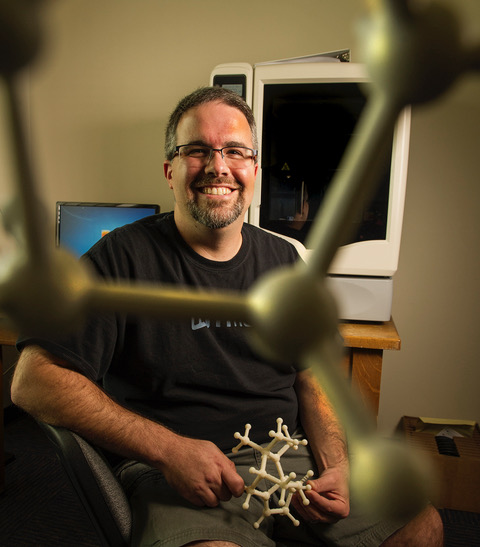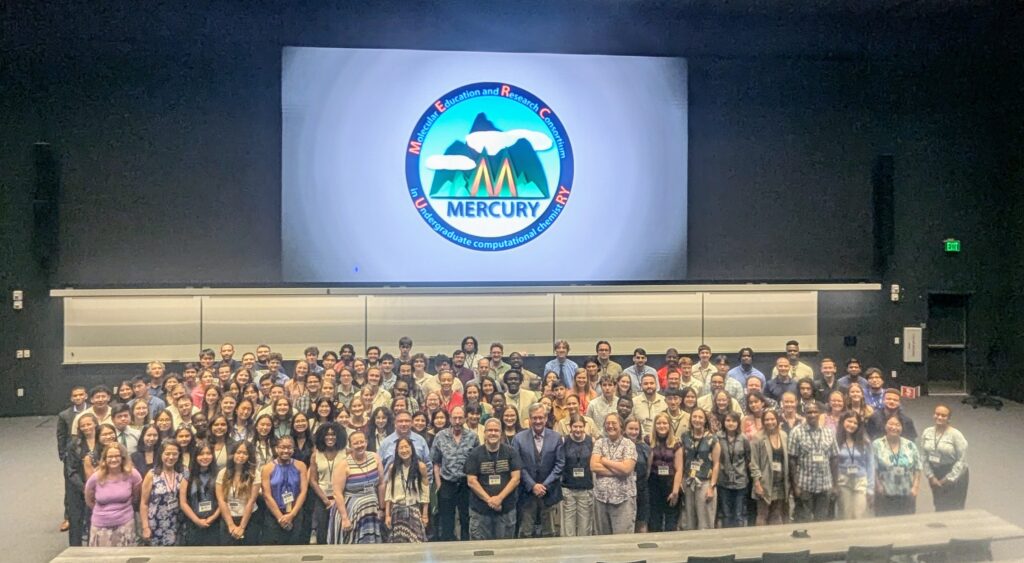
The 2024 annual MERCURY Conference for undergraduate computational chemistry will be held the week of July 15, 2024. MERCURY is delighted to have Hrant Hratchian, Dean for Graduate Education at the University of California at Merced hosting the meeting on the campus of UC Merced in Merced, California. As usual, we will have six outstanding speakers, an undergraduate poster session and evening social networking events. The conference will be preceded by a MOLSSI workshop. The conference is an excellent forum for undergraduates to present their work and to learn from experts in the field, allowing them to put their own research into perspective. It is equally valuable as a networking event for faculty working with undergraduates. Undergraduates from all types of institutions are invited to come present their work.
Speakers
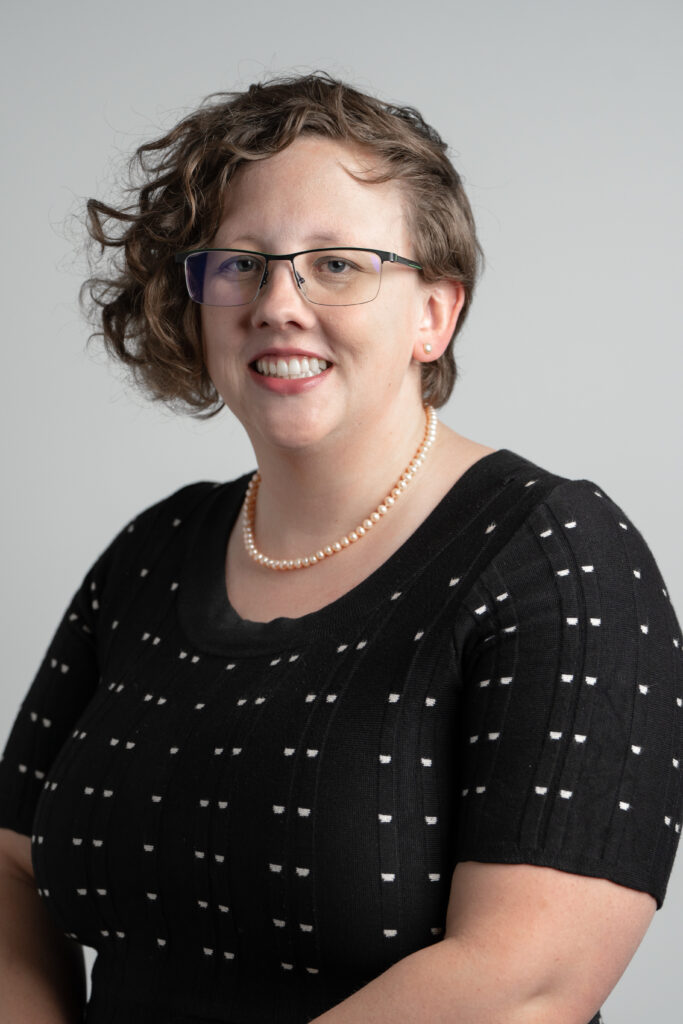
Caitlin Bannan, OpenEye Scientific Software
Modeling small drug molecules and the winding career path that got me here
Daniel Crawford, Virginia Tech
The Mysteries of Chirality, Solvation, and Optical Activity.
The determination of the “handedness’” of chiral compounds remains a fascinating and critical challenge in which theory and computation play a vital role. In the effort to assign the absolute stereochemical configurations of chiral isolates, quantum chemical models have the potential to provide experimentalists with robust predictions of the requisite spectroscopic signatures, such as specific rotation, circular dichroism rotatory strengths, Raman scattering circular intensity differences, and more.
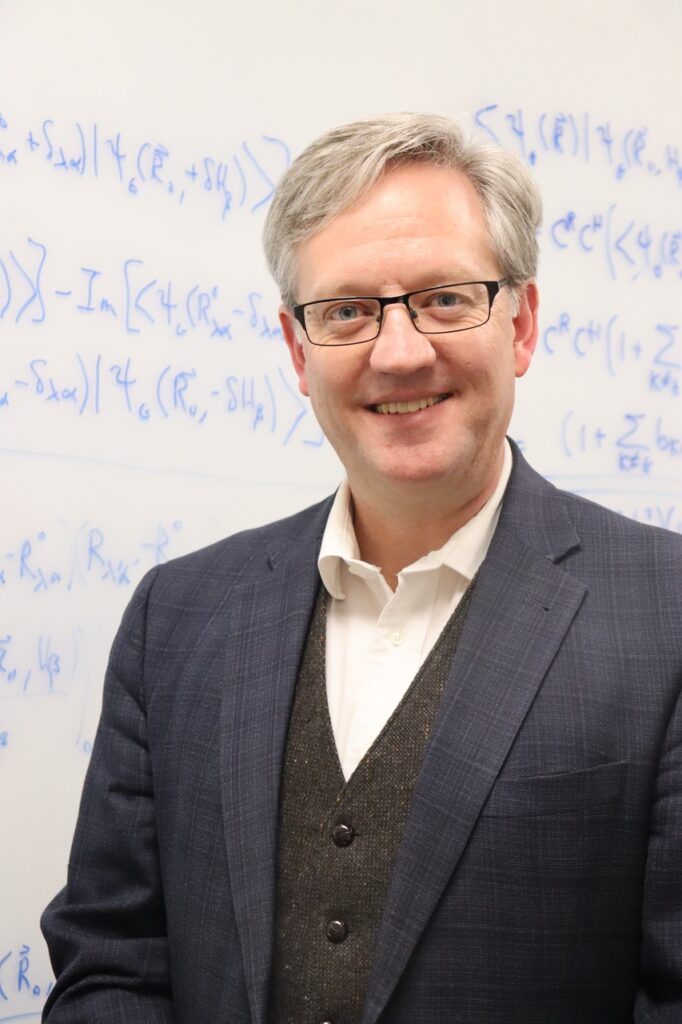
However, such properties are among the most challenging to simulate because of their delicate dependence on a variety of intrinsic and extrinsic factors. Solvent effects, for example, not only dramatically expand the complexity of the simulation, but can sometimes even alter the sign of the chiral response. In this lecture, I will discuss recent efforts in my group toward the goal of developing reliable theoretical predictions of chiroptical properties, including the exploration of reduced-scaling methods, a variety of implicit and explicit solvation models, and even explicitly time-dependent quantum dynamics.

Mai-Anh Ha, National Renewable Energy Laboratory
Mechanistic Implications of the Heterogeneous Surface in Renewable Energy
Platinum Group Metals (PGM) such as Pt- and Ir-based catalysts remain the baseline catalysts for fuel cells and electrolyzers, often offering the greatest balance of activity and durability with >60%
efficiency; these catalysts are also prohibitively expensive with Ir being even more precious than Pt, costing up to 5x more than Pt at >$$160/g. Fundamental understanding of how intrinsic material properties arise from the frequently non-equilibrium surface morphology of catalyst materials can allow us to identify how to optimize both well-known and developing materials. In particular, theoretical understanding of mechanistic trends can allow for the nuanced development of low PGM or earth-abundant catalysts to replace typical PGMs. The interplay of facet dependence and redox conditions leading to mixed-metal and mixed metal-oxides combined with the many possible adsorption configurations of reaction intermediates can result in unique catalytic properties such as lowered activation barriers and bonding motifs. Rather than catalytic properties being defined by a single intermediate evolving under one mechanistic pathway, the statistical ensemble of accessible intermediates more accurately reflects a material’s catalytic properties to evolve products along multiple pathways. As theory approaches more realistic surface heterostructures and captures the multiplicity of adsorption configurations and sites, it can complement, inform, and even predict macroscopic properties observed in experiment: case studies include Borated-Pt7 for selective dehydrogenation[1,2], Pt-Ni nanomaterials[3,4], and Ir/IrO2 architectures[5,6], and NiO/doped-NiO alternatives.
References: [1] Ha, M.-A.; Baxter, E. T.; Cass, A. C.; Anderson, S. L. ; Alexandrova, A. N. J. Am. Chem. Soc., 2017, 139, pp. 11568–11575 [2] Baxter, E. T.*; Ha, M.-A.*; Cass, A. C.; Alexandrova, A. N.; Anderson, S. L. ACS Catalysis, 2017, 7, pp. 3322-335.. [3] Alia, S. M.; Ngo, C.; Shulda, S.; Ha, M.-A.; Dameron, A.; Weker, J. N.; Neyerlin, K. C.; Kocha, S. S.; Pylypenko, S.; Pivovar, B. S. ACS Omega, 2017, 2, pp. 1408-1418. [4] Alia, S. M.*; Ha, M.-A.*; Ngo, C.; Anderson G. C.; Ghoshal, S.; Pylypenko, S. ACS Cat., 2020, 10, pp. 9953-9966. [5] Alia, S. M.*; Ha, M.-A.*; Anderson G. C.; Ngo, C.; Pylypenko, S.; Larsen, R. J. Electrochem. Soc., 2019, 166, pp. F1243-1252 [6] Ha, M.-A.; Larsen, R.; J. Electrochem. Soc., 2021, 168, pp. 024506.
Hrant P. Hratchian, UC Merced
Modeling Electron Detachment Spectroscopy With Self-Consistent Field Methods

Aurora Pribam-Jones, UC Merced
Stretching, Squeezing, Heating, Cooling: Using the Adiabatic Connection to Learn About Electronic Interaction
In this talk, I will provide a brief overview of thermal and ensemble density functional theories, starting from the ground-state version of DFT and noting how the theories are similar and where they must be different. I will then focus on the interplay between ensemble weightings, interaction strength, and density dependence in density functional theories, particularly in how they influence the adiabatic connection and its connection to fundamental properties of matter and their limits. I’ll close with some stories about how we use these tools to analyze the way electrons interact in different situations and tie these ideas back to the pursuit of fusion as an energy source and how to flip DFT on its head for a new perspective.
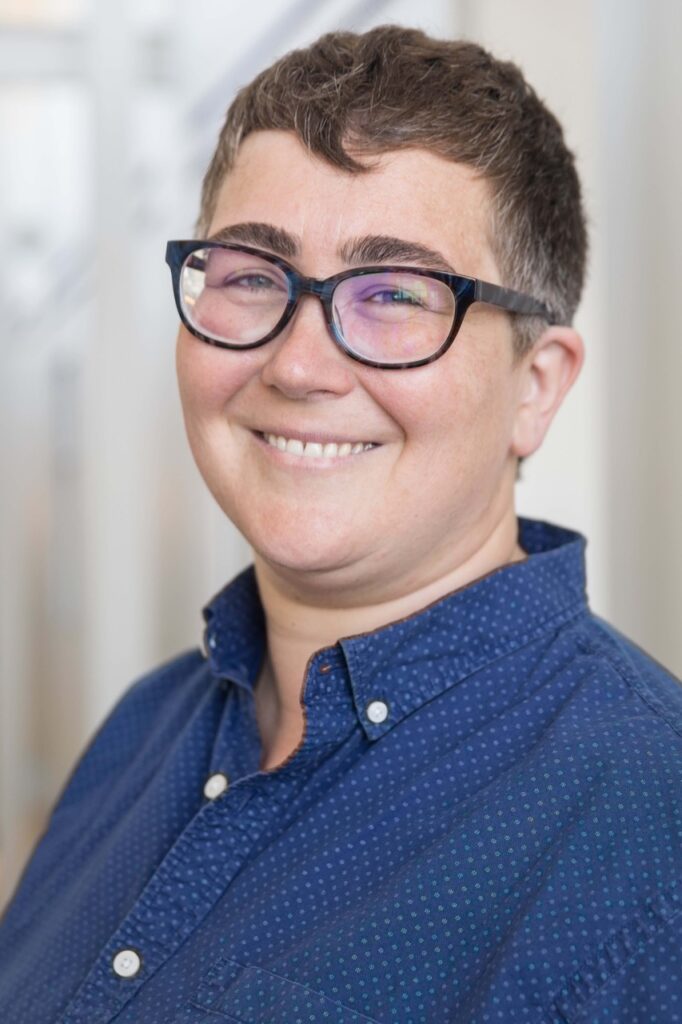
Introductory/pedagogical: DFT, Thermal DFT, Ensemble DFT
More recent work: DFT and Hartree-Fock, Thermal DFT, Ensemble DFT.
Dean Tantillo, UC Davis
Dynamic Effects on Organic Reactivity – Pathways to and from Discomfort
Computational studies highlighting the importance of accounting for dynamic effects on organic reactivity will be discussed, along with descriptions of the factors that led me – as an organic chemist – to pursue these projects.
Sponsors
Thanks to our sponsors for making this conference possible.
